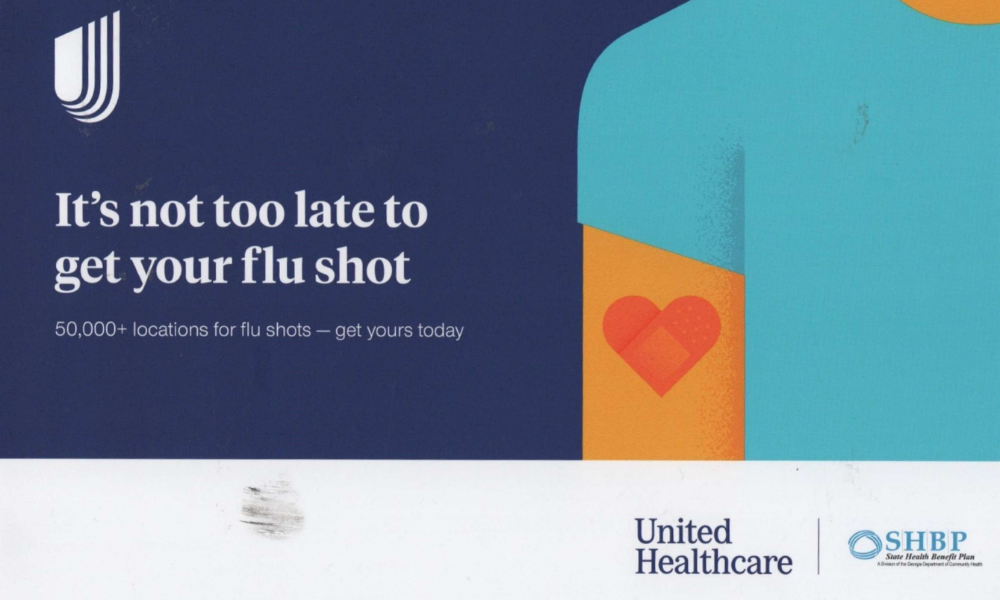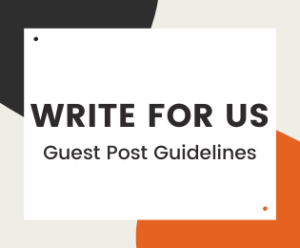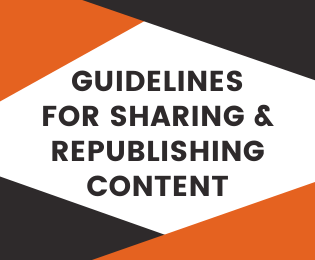INDUSTRY INSIGHTS
6 Best Practices for Healthcare Direct Mail
Direct mail can be the perfect channel for so many different kinds of healthcare communication. Here are 6 ways to maximize your campaign.
Did you know that healthcare makes up just over 17% of the American economy? We all have to make decisions at some point affecting our personal well-being, as well as that of our loved ones. Direct mail — when done well — can be the perfect channel for so many different kinds of healthcare communication.
Think about all of the businesses and organizations that make up this sector. Sure, doctor and dental practices are a given. But how about hospitals, health care plans, nursing homes, medical diagnostic and testing centers, fast care centers, urgent care centers, treatment and rehab facilities, home care businesses, drugstores … the list is long and impressive. And the continuing COVID-19 pandemic has put an even greater spotlight on the importance of this vertical.
To be effective, you must make a connection with consumers. Here are some best practices for healthcare direct mail.
1. Show Expertise with Content
To build credibility, you should provide content and offer services that help patients help themselves wherever and however possible. Though this information can often be found online, it may not be from trustworthy sources. A good place to start is a newsletter or other direct mail piece that offers articles or tips on ways to be healthy.
Depending on your target audience and type of business, you can either keep this information general, or get granular to raise the trust level. Unless you’re mailing to a very specialized group, you should probably avoid using too much jargon; it only causes confusion. Your goal is to nurture the patient relationship with knowledge and empathy.
In this 4-page flyer, Orlando Health, a Florida-based hospital network, reaches out to the local community with practical information on COVID-19.

2. Make an Appointment
Local doctors and dentists offices have been using mail since forever to remind patients of an upcoming appointment. In this example, Highmark, an insurance provider in Pennsylvania, reminds a patient enrolled in its plan to schedule an appointment with their doctor. Because routine visits were curtailed by the onset of the COVID-19 pandemic, the company is waiving PCP copays for the remainder of 2020. Notice that both people pictured on the postcard are wearing masks, likely intended to reassure the consumer that a visit can be done safely.

3. Calm Their Fears
Seeing a doctor — especially when you suspect something isn’t “right” — can be a scary thing to consider. You put off making an appointment, and more time goes by. And then the worst pandemic in 100 years gives you another excuse, another vow, not to set foot in a doctor’s office or hospital for the foreseeable future.
That’s a situation faced by lots of practices and hospitals today because of COVID-19. Healthcare visits are down due to fears over catching the coronavirus. This recent postcard from Houston Methodist for its Breast Care Center addresses those concerns.
“Getting your annual mammogram is still important” reads the headline at the top of the front side. It reassures the consumer that she will be safe during the procedure because of the hospital’s safety measures, which are spelled out in brief sentences and icons for easier reading.

4. Help Your Patients Find You
Healthcare — with the possible exception of telemedicine — is all about location. You have to know where to go to get tests or examinations, pick up a prescription, or in an unfortunate scenario, get treated. That last possibility is what drives this self-mailer (below), sent out by urgent care center chain Patient First.
The address side promotes a recently-opened location by noting its operating hours and services. But more to the point, it also includes a personalized map showing the exact driving route from the addressee’s house to that facility. This use of variable data printing (VDP) by map provider adds value to the mail campaign by making it personal.

5. Give Patients Options
Patience and patients are two words that really don’t go together well. That’s where the USP (Unique Selling Proposition) of telemedicine comes in. This letter to an Aetna member lets them know that this convenient option is included in their package of benefits. Without a lot of copy, it runs down why they should choose the service: convenient (24/7) access, privacy, and of course, having their medical needs met.

6. Follow the Calendar
Just like the retail world with its traditional shopping seasons (e.g., back-to-school; Black Friday), there are specific seasons when marketing gets ramped up for acquiring new customers (patients) or keeping current ones. There are annual enrollment periods for Medicare or the Health Insurance Marketplace, usually in the last few months of the year. Or consider the case of Flexible Savings Accounts, which must be spent by the end of the year. Both of these narrowly-timed events spur direct mail campaigns for choosing plans, purchasing eyewear, home medical equipment, or other items and services.
This example from Texas-based Sendero Health Plans was sent and received a few days before the deadline to enroll for the health insurance plan. It emphasizes both urgency as well as the company’s local roots.

How to Find Healthcare Companies Using Who’s Mailing What!
On the search page, members of Who’s Mailing What! can search on the entire Health Care that includes:
- Wellness & Fitness
- Hospitals
- Medical Practices
- Pharmaceuticals
Listings in your search results can be sorted in category order. According to the latest count (as of October 2020) there are 3,700+ total mailpieces in Who’s Mailing What!’s Health Care category.
Final Thoughts
You should be careful of how you use and protect personal health information (PHI) in your marketing, so review Health Insurance Portability and Accountability Act privacy regulations. Also, closely monitor how the response to COVID-19 might change or need to change in the months ahead. Proactively address the concerns of consumers by being as helpful and detailed as possible.
When you communicate transparently ethically, your direct mail can be an effective way to build brand, drive leads, and increase your share of the healthcare consumer.






























